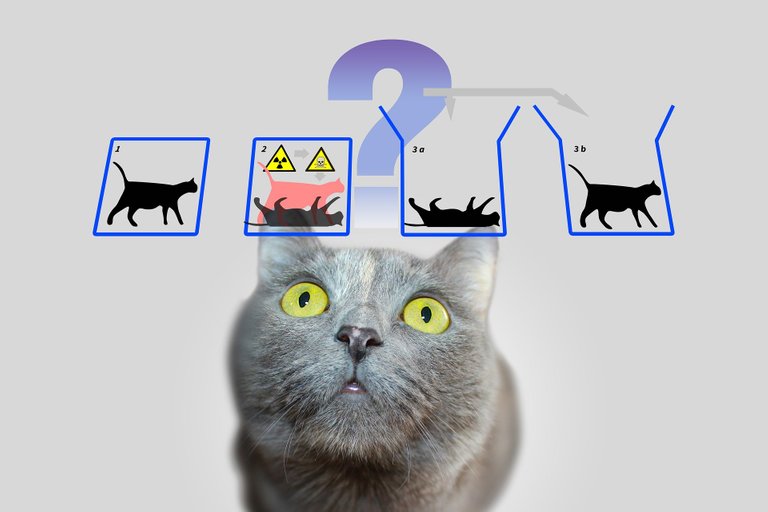Quantum chemistry is based on wave-function calculations. But these are more than extremely difficult. An AI called PauliNet should be the solution for the quantum monsters.

Image by Gerd Altmann from Pixabay
- Be also sure to check out my other posts and follow me @kralizec and subscribe to my Youtube channel at Kralizec Gaming Youtube Channel
Nobody should be surprised that artificial intelligence is being used to solve complex calculations. Now, a team of scientists from Freie Universität Berlin developed a new artificial intelligence that calculates the ground state of Schrödinger‘s equation in quantum chemistry. The goal of quantum chemistry is to predict the chemical and physical properties of molecules based purely on the arrangement of the atoms in space.
If this approach works then we could circumvent difficult and time-consuming laboratory experiments. Theoretically, this should be possible by solving Schrödinger‘s equations. But in practice, this is extremely hard. So far it was impossible in real life to find a precise solution of a particular molecule that could be calculated.
Frank Noé and his colleagues now trained an artificial intelligence that achieves an unprecedented combination of calculation precision while still being effective. Researchers believe that their approach can significantly help quantum chemistry. The results of their research were published in the journal Nature Chemistry.
The key for both quantum chemistry and Schrödinger‘s equation is the wave function. This is a mathematical object that completely describes the behavior of electrons in a molecule. The wave function is multi-dimensional, and it is challenging to grasp all the nuances of the behavior of individual atoms. The approaches to quantum chemistry thus forget about the complete wave function and focus purely on determining the energy of the molecule in question. But that requires approximations that reduce the quality of predictions made by these approaches. Different methods use the wave function by using a large number of simpler mathematical calculation blocks. But even these calculations is so immensely complex that they can be used only for molecules with very few atoms.
Noé and his team used the Quantum Monte Carlo method. This is a specific variant of a favorite stochastic method based on a large number of simulations of the studied system that uses pseudo-random numbers. Their AI can take in the complex arrangement of atoms around nuclei. And because it also takes the Pauli exclusion principle it was named PauliNet.
While there still is a lot of work to be done before the scientists will be ready to send out PauliNet into industrial applications but even now it is a breakthrough in the terrible field of quantum chemistry calculations and opens up new approaches for the field.
Sources:
- If you like the content I’m producing about science maybe you will like the content I produce about gaming as well! Be sure to check out my other posts!
Too bad Schrödinger's ideas about his experiment have nothing to do with reality.
Soooo, starting from a false premise will lead to nothing, even given far more advanced computers/computing.
In trying to come up with a test that would be 50/50, he instead came up with a meaningless exercise and proof that the universe is not what particle physics says it is.
It is kind of depressing to read such a comment under a nice divulgative post. Maybe it could be useful for someone else an answer to your affirmations.
@builderofcastles holds his opinions and he is unlikely to change them.
I am glad though that you like my post :)
I am not even imagining to change his opinions.
I just wanted to point out that your post is about a great thing and I was kind of being Schrödinger's attorney ;)